5. Into the Abyss (2011)
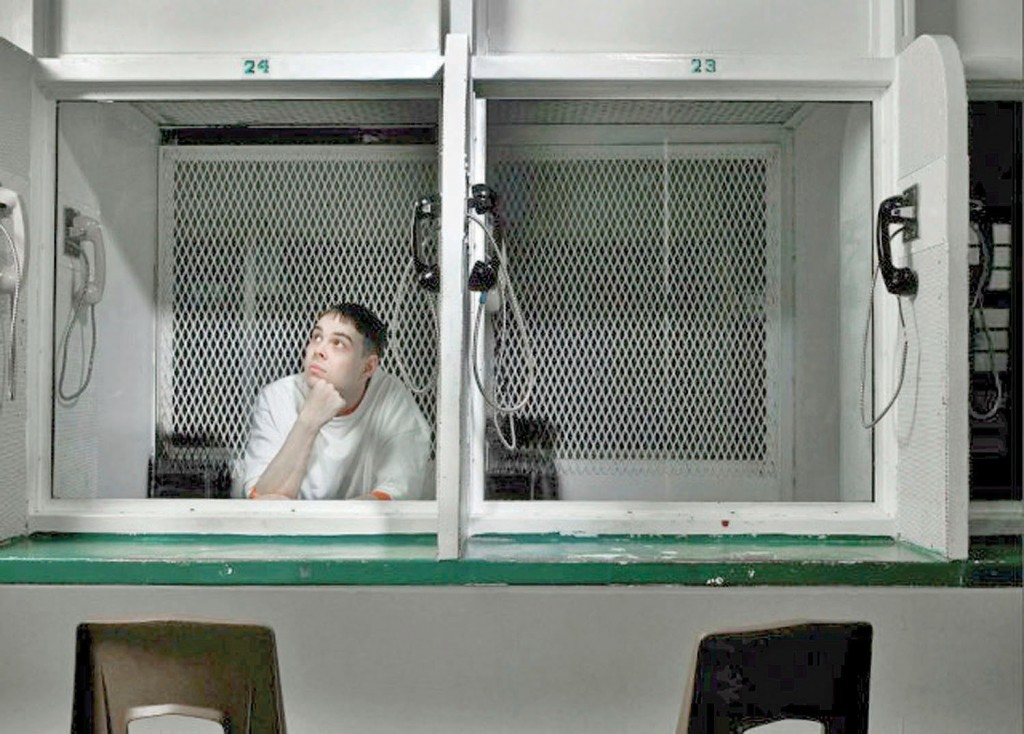
This film by legendary German filmmaker Werner Herzog is a documentary feature that portrays an often-forgotten reality that still haunts the Western world. The death penalty in the United States is regarded by most countries of this part of the world as one of the great failings of this civilization.
“Into the Abyss” is arguably one of the most underrated documentaries from Herzog’s impressive filmography. It has an unusual poetry that permeates all of the director’s work, mostly due to the parallels it draws regarding the way the criminal justice system works regarding these penalties and the crime itself that was studied for this particular documentary. It is a bold piece of filmmaking, and bold in a way that is completely apolitical in any sense.
Despite Herzog’s personal opinion on the subject being actually said by him at one point in the movie, once again we are presented with what he describes as “true images.” There is something that transcends his mere opinion, and while watching the picture, we are never confronted with any manufactured tricks that tend to turn the viewer to a certain political view.
It remains powerful in itself, and it creates an image of absurdity that is absolutely real and impartial. This differs from other famous documentarians, like Michael Moore, who, despite creating relevant and ultimately great pieces of work, never achieve this level of reality and lyricism throughout the subjects they portray.
It’s an intense and real experience that will haunt you and leave you wondering about the darkest impulse of men, and how those translate in personal expression and institutional expression.
4. Morvern Callar (2002)
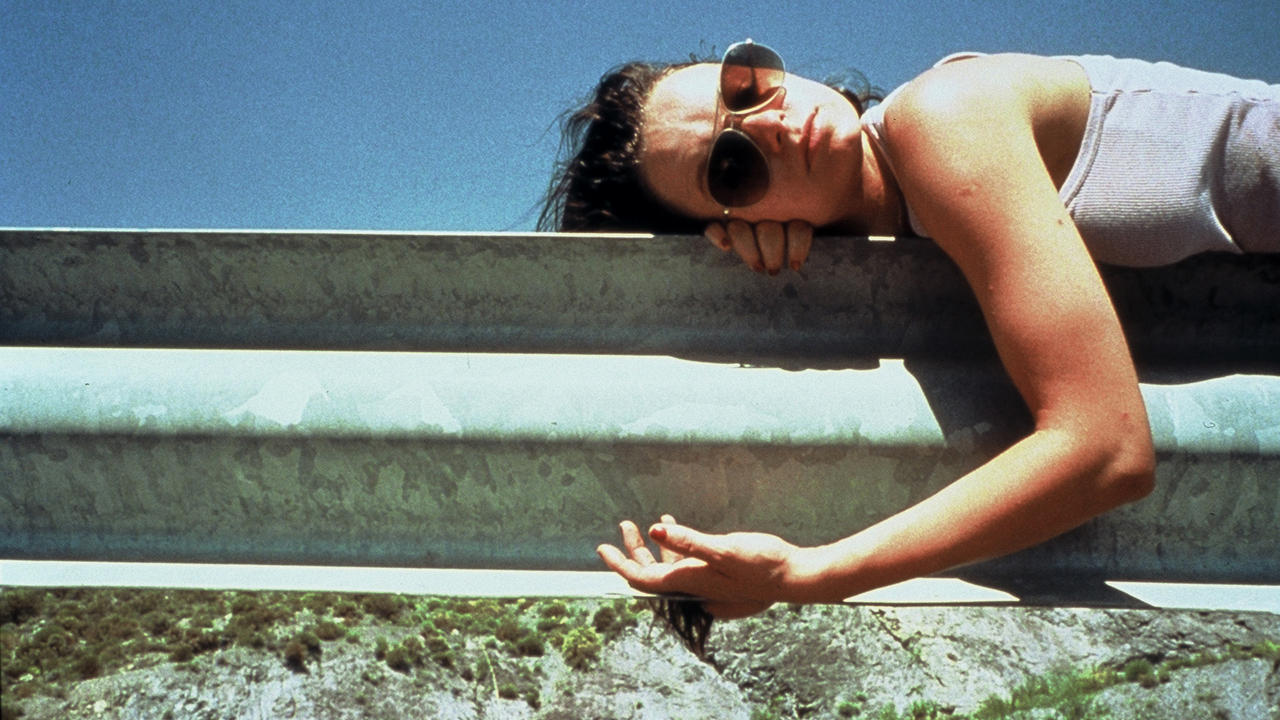
“Morvern Callar” is arguably one of the most underrated movies of the 21st century. Lynne Ramsay has created an incredibly ethereal character study. The world surrounding Morvern (presented by Samantha Morton in what is arguably her best role) is blurred after an event that is never really developed as much as its consequences on her psyche: the suicide of her boyfriend.
This is a very socially conscious movie, and the decisions Morvern makes are always very ambiguous, especially regarding her boyfriend’s final wish. She is lost, and by what is presented to the viewer she is searching for something that seems unreachable. Despite deconstructing Morvern’s character, the only place we know she and her friend are going is “somewhere beautiful.”
Ramsay’s picture has a really big range both visually and sonically, while never seeming muddled. We are presented with the streets of Glasgow, with the nightlife and club life of the city. But we are also presented with the scenic imagery of southern Spain. All of this presented with a care to sound design and music that makes company to the visuals experienced. One thing binds all of these contrasting situations in the movie, and that is the confusion of Morvern and the emotional distance she portrays from her own decisions.
It is a poetic movie that relies on its unanswerable questions. This should stand as an obstacle and a frustration while watching the picture, but instead, Ramsay created an incredibly human character that is utterly enthralling to watch.
3. Horse Money (2014)
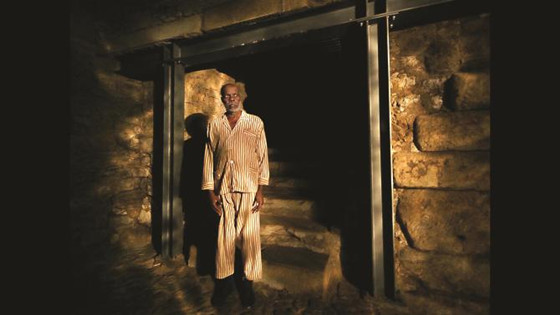
“Horse Money” is the most recent entry in the already impressive filmography of Portuguese filmmaker Pedro Costa. In contrast with his earlier movies, especially his Fontainhas pictures, we are presented with a piece that, while still dramatizing and treating some of the same subjects haunting Costa’s movies, has a more expressionistic feel in contrast to his known documental style. This is unexpected considering the subject matters at hand, and the director himself, but the picture is more than clear that the plastic decisions that compose the movie have a great contribution to the movie’s impact.
Working again with “actor” Ventura, Costa presents a man who is somewhere in between the ghost world and the real world, a man who is lost in a world he feels he shouldn’t be part of. Composed of Ventura’s thoughts, memories, and anecdotes, the movie has a fluid nonlinearity that backs the idea of ghost/zombie-like figures that are living in the forgotten corners of our cities.
Costa is building a mythical world surrounding Fontainhas with “Horse Money,” where he decides to create an aesthetic to disgrace/poverty. In the hands of many other directors, this may have fallen into futility and emptiness when picturing these situations, but Costa elevates the Cape Verdean and other ex-colonial anxieties in a post-revolution Portugal, and in mystifying these themes, he allows the viewer to create bridges that broaden what may be the real subject he is treating with his work.
2. Le Havre (2011)
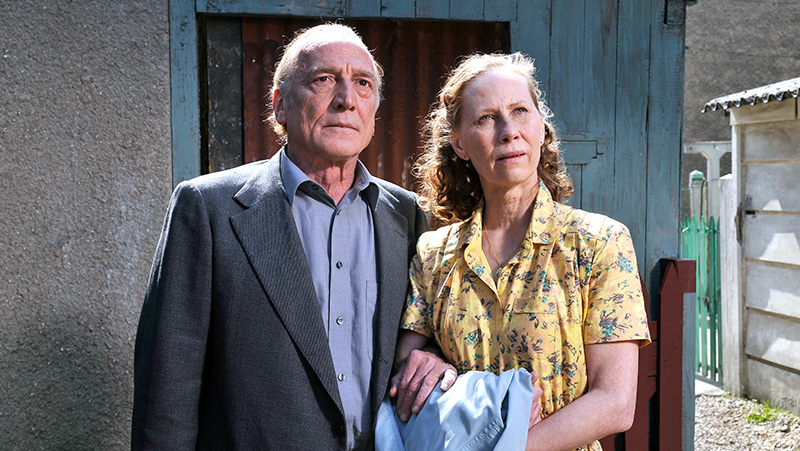
The perfect example of the power that comes from the diversion of an audience. “Le Havre” is not the first picture that manages to present an almost perfect illusory world to contrast with the imperfect, flawed reality. It is, though, probably the most devastating, subversive, and the ultimate of all the movies that tried to achieve this effect.
Technically impressive as any other work by the Finnish filmmaker Aki Kaurismäki, he works together with a brilliant team of actors and technicians, with emphasis on the regular figures on the director’s work, with André Wilms back in the role of Marcel Marx (a character he played in the movie “La Vie de Bohème” in 1992) and Kati Outinen giving incredible performances that fully understand the tone of the picture. It is also important to highlight the incredible work of Timo Salminen, who helps to create some of the most beautifully plastic depictions of the small town of Normandy yet in Kaurismäki’s filmography.
Its tongue-in-cheek presentation allows the work to be an easy watch and very accessible. It has a fairytale-like quality to it, with all its whimsical characters and situations that go from caricatured “menacing” seamen in a café, to a boy escaping from authorities in a handcart full of groceries. But all of this ideal and utopic scenery and circumstances have a real counterfeit feel to them, but never in a way that feels inappropriate to the movie itself.
By the end of the picture, with the resolution of a situation regarding Outinen’s character’s (Arletty) health, we fully understand what Kaurismäki is going for with this piece, and it can be a devastating experience in the world of the viewer to experience this resolution, while in the world of the movie, all is beautifully ideal.
The way it uses cinematic clichés and over-the-top techniques accentuates the idea to the viewer that, sadly, what you are watching is not the reality, but a movie. A work with life-sized political baggage that is never too obvious or too doctrinaire.
1. Tropical Malady (2004)
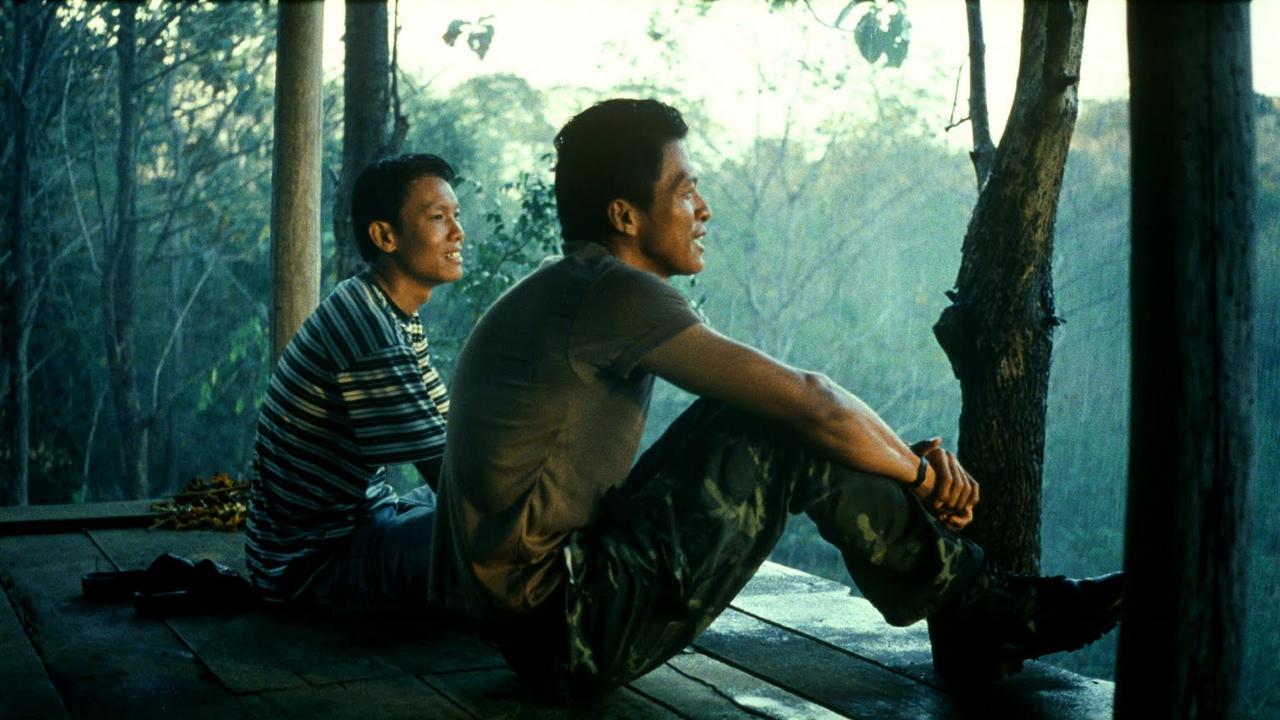
“While Uncle Boonmee Who Can Recall His Past Lives” is often the cited picture when talking about Thai director Apichatpong Weerasethakul, it is important to underline the sheer genius of the whole filmography of this director. In this list, we decided to expose and underline what we understand as one of the cinematic experiences that transcends into an almost spiritual plain.
It received a lot of critical praise at the time of its release, gathering the Jury Prize from the Cannes Film Festival, despite the hardships that came to the Western public when confronted with such a different type of picture. Its cultural differences contribute to the fantastical feel throughout the second part of the movie, despite its presented personal complications regarding love, passion, and fear all intermingled, something that is common to any culture or society.
But the brilliance of the movie relays on the technical decisions behind it, the decisions about the way it is filmed and paced, and about what to show, in order to create a documental and private feel in the first part of the picture (despite characters often referencing certain otherworldly events).
This is absolutely crucial in order for this Buddhist-inspired fable to have the effect it has when we are presented with the second part of the piece, where beautiful parallels are made about the balance between our fears and desires that are haunting and hypnotic to experience.
It’s a movie that has incredible performances and is paced and framed in a way that would make Yasujiro Ozu proud. This is a visually impressive and cerebral parable that illustrates the feelings of its characters in one of the most beautiful and original ways that, until now, cinema has presented us. It is possibly one of the most touching romantic stories you’ll ever experience in film.
Honorable Mentions: Loveless (2017); What We Do in the Shadows (2013); Hard To Be a God (2013); Silent Light (2007); Welcome to Leith (2015)